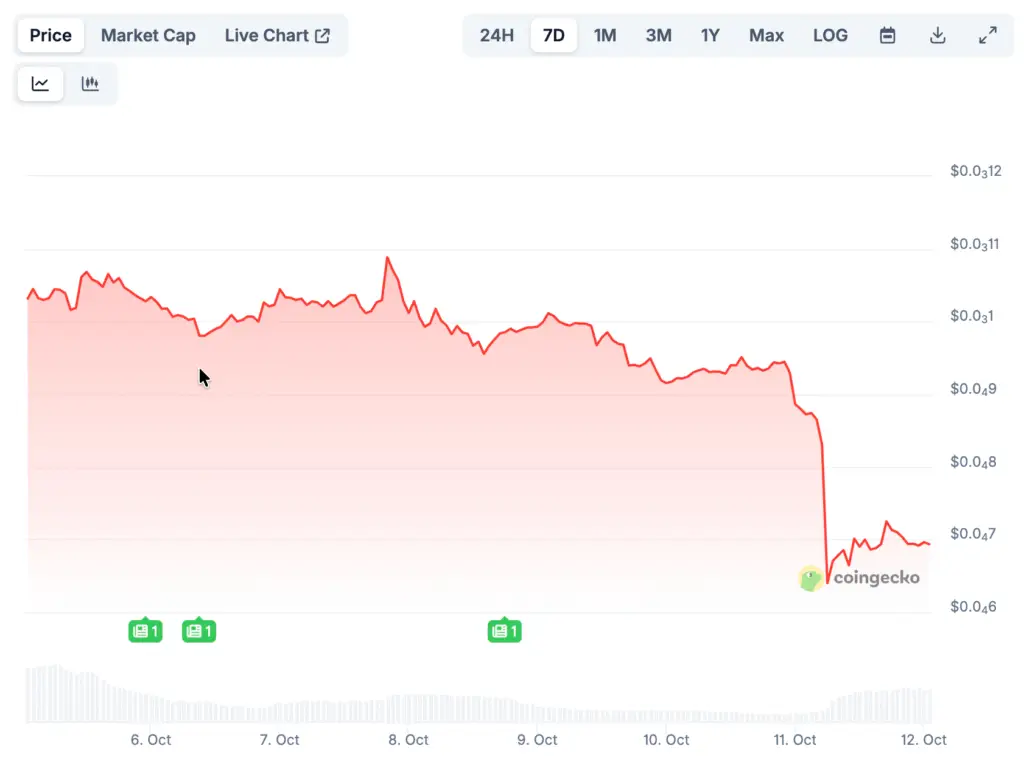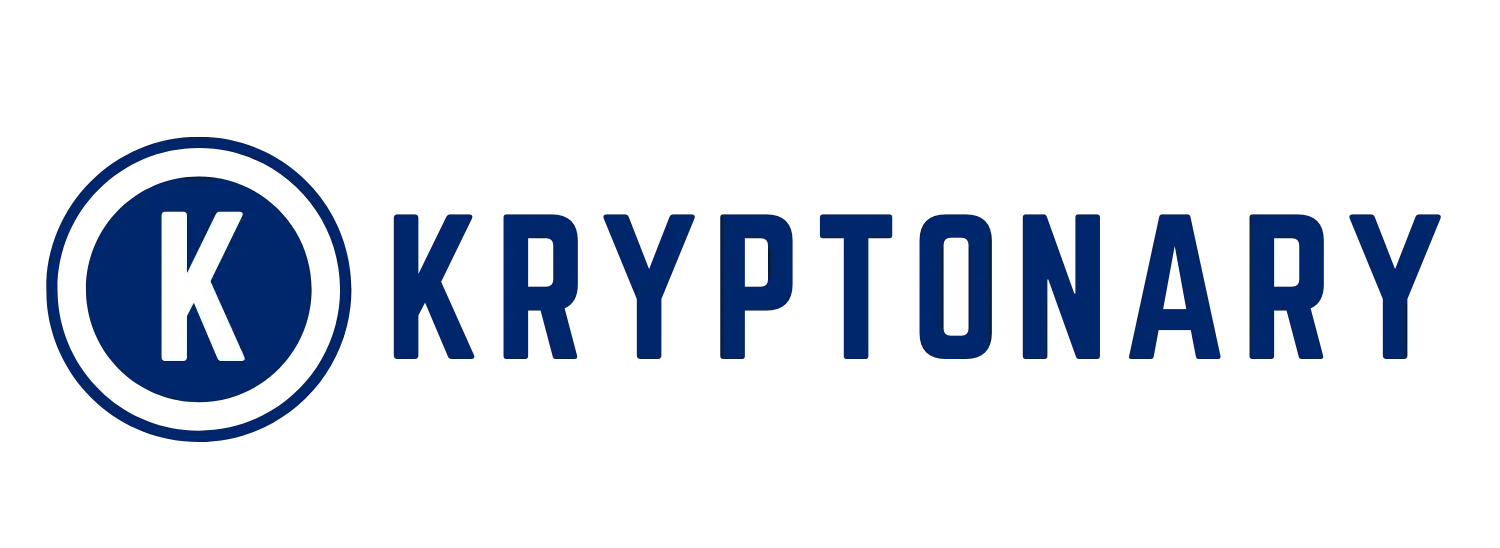Why $1 Is Still an Improbable Figure Given Current Supply Dynamics
The aspiration for FLOKI to reach $1 is challenged by its market capitalization, which is the product of price and circulating supply. With around 9.3–9.7 trillion tokens in circulation, a price of $0.01 implies a valuation of approximately $93–$97 billion, far exceeding realistic demand levels.
Achieving $1 would require either a considerable reduction in supply or a significant increase in demand. Analysts focus on establishing targets based on supply dynamics, emphasizing liquidity and burn progress to foster gradual valuation improvements for traders.

Mechanics of Supply and Burn Influencing Price Floors
FLOKI depends on ecosystem fee buybacks and discretionary burns instead of automatic contract destruction mechanisms consistently today. Platforms allocate specified fee portions for repurchases that eliminate tokens, progressively reducing the float as activity consistently rises. Since burns are influenced by usage, lasting reductions necessitate adhesive products that consistently generate recurring fees across various venues.
Investors ought to keep a close eye on monthly burn percentages in relation to circulating supply to determine if momentum is genuinely picking up in a significant way. Clear dashboards and confirmable on-chain transactions bolster claims, fostering trust even in today’s fluctuating market conditions.
Factors Influencing Ecosystem Utility and Demand to Monitor
Utility influences demand by reinvesting product fees into repurchases, gradually diminishing effective free float. Engagement activities, including Valhalla and FlokiFi Locker usage, along with trading bot volumes, inform the sustainability of fee generation.
Enhanced access through partnerships and on-ramps increases transaction opportunities, significantly reinforcing burn pipelines. Long-term value relies on durable user experiences rather than short-term campaigns, as ongoing initiatives generate fees that support consistent buybacks, gradually impacting circulating supply over time.
Recommended Article: Floki Price Builds Strength Toward 2021 Recovery Zone
Market Structure, Liquidity, and Order Book Signals
The quality of liquidity plays a crucial role in determining if interest translates into actual trades without significant slippage, especially during periods of market volatility. Robust tier-1 order books with narrow spreads effectively manage orders, facilitating more seamless accumulation and distribution phases across various venues. Keeping an eye on 1–2% depth, spread stability, and time-of-day patterns allows traders to time their entries with greater effectiveness and disciplined patience.
In times of heightened news activity, dividing orders and opting for limit orders can help minimize impact and achieve better average prices. Executing during peak venue liquidity windows significantly reduces slippage, enhances fills, and effectively maintains downside risk controls.
Scenario Bands and Milestones Presenting Achievable Goals
Experts outline possibilities within realistic ranges, such as $0.00003–$0.00010, instead of lofty goals suggesting multi-trillion dollar valuations at present. Reaching $0.001 necessitates favorable market conditions, enhanced tier-1 liquidity, and consistent, noticeable buybacks driven by fees across various products. Reaching $0.01 requires exceptional adoption, rapid burns, and widespread distribution that significantly enhances retail access worldwide.
Key achievements consist of consistent closes above significant resistance levels, improved order-book depth, and recorded growth in ecosystem fee throughput. These checkpoints convert narrative into quantifiable advancement, aiding in the establishment of expectations while efficiently filtering out distractions during speculative stages.
Identifying Risk Factors and Developing a Practical Trading Strategy
Meme assets are highly volatile, influenced by leverage, large investor actions, and policy news. To manage this volatility, one should use smaller position sizes, set strict limits, and avoid trading during illiquid periods following major announcements. Utilizing spot trading instead of leverage, staggering entry points, and following invalidation levels can reduce errors during market shakeouts.
It is crucial to confirm contract addresses, exchange pairs, and venue depth before placing orders in volatile times. Additionally, consider cold storage for long-term holdings after verifying network details to mitigate custody risks associated with centralized platforms.
Quarterly Checklist for Consistent FLOKI Oversight
Monitor the monthly net burns expressed as a percentage of the float, in conjunction with variations in circulating supply as displayed on dashboards. Assess the number of active users, the fees associated with products, and the transactions related to buybacks to determine if the activity within the ecosystem leads to real reductions. Analyze the market share of DOGE and SHIB by looking at their capitalization and 30-day trading volume to evaluate the rotation dynamics in an objective manner.
Examine 1–2% order-book depth, spread dynamics, and derivatives funding to confirm that the framework facilitates smooth accumulation during upward movements. Track enhancements every quarter, ensuring that strategy aligns with evidence while remaining adaptable to changes in liquidity or policy conditions.















